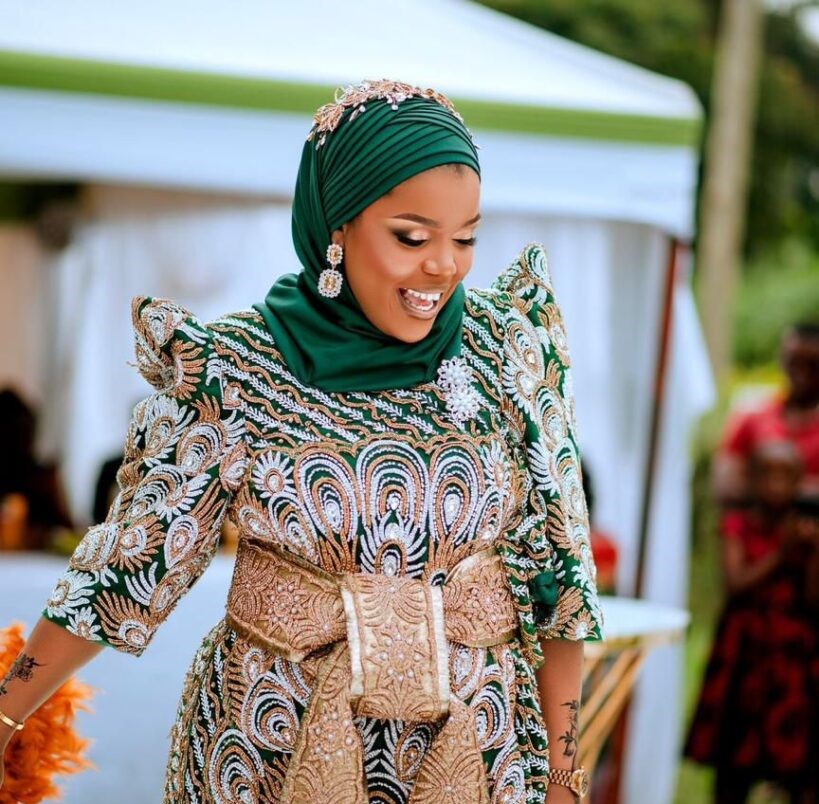A bride's unconventional choice of a long-sleeved gomesi at her kwanjula (traditional introduction ceremony) has ignited widespread debate across Uganda.
The bride, Haula, chose to wear a heavily embellished, long-sleeved version of the traditional Kiganda dress, typically known for its short sleeves and shoulder pads.
Her avant-garde look quickly went viral online, sparking mixed reactions and heated discussions on cultural norms, fashion evolution, and individual expression.
Many social media users criticized the gown, drawing comparisons to a Muslim abaya. Some accused the bride of disrespecting tradition, with sarcastic comments such as “You forgot gloves” and “It looks like you are wearing a sweater.”
Others questioned the need to alter a culturally significant garment, with public figures like radio host Prim Asiimwe expressing concern about changing traditional attire, asking, “When did we start tinkering with traditional attire? The gomasi has always been what it is.”
However, amid the criticism, many came to the bride’s defence, applauding her confidence and bold fashion choice. The gown’s designer, Rajab Mugwanya Kawenja, CEO of Kushona Designs, stepped forward to address the backlash.
He clarified that the design was the bride’s idea, saying, “She asked for it, and we delivered. The function went on well, and everyone was amazed by the fact that we pulled off something fresh and unique.”
Mugwanya defended the gown by pointing out the gomesi’s historical evolution—from its earliest form made of barkcloth (lubugo) to its modern adaptations with varied fabrics, heavy embellishments, longer trails, and creative sleeve designs.
He argued that fashion is constantly evolving, and adding a few inches to the sleeves should not be considered a violation of tradition.
Responding to comparisons with Islamic attire, Mugwanya urged critics to embrace diversity and the changing face of fashion. He emphasized that cultural expression is not static and that personal choices should be respected, especially during such significant life moments.
The controversy has sparked a wider conversation about the intersection of tradition and modernity, especially in how Ugandans choose to present themselves during cultural ceremonies.
While some see Haula’s dress as a departure from heritage, others see it as a bold and beautiful reimagining of it. Either way, her look has left a lasting impression and challenged the status quo of what it means to dress traditionally.

